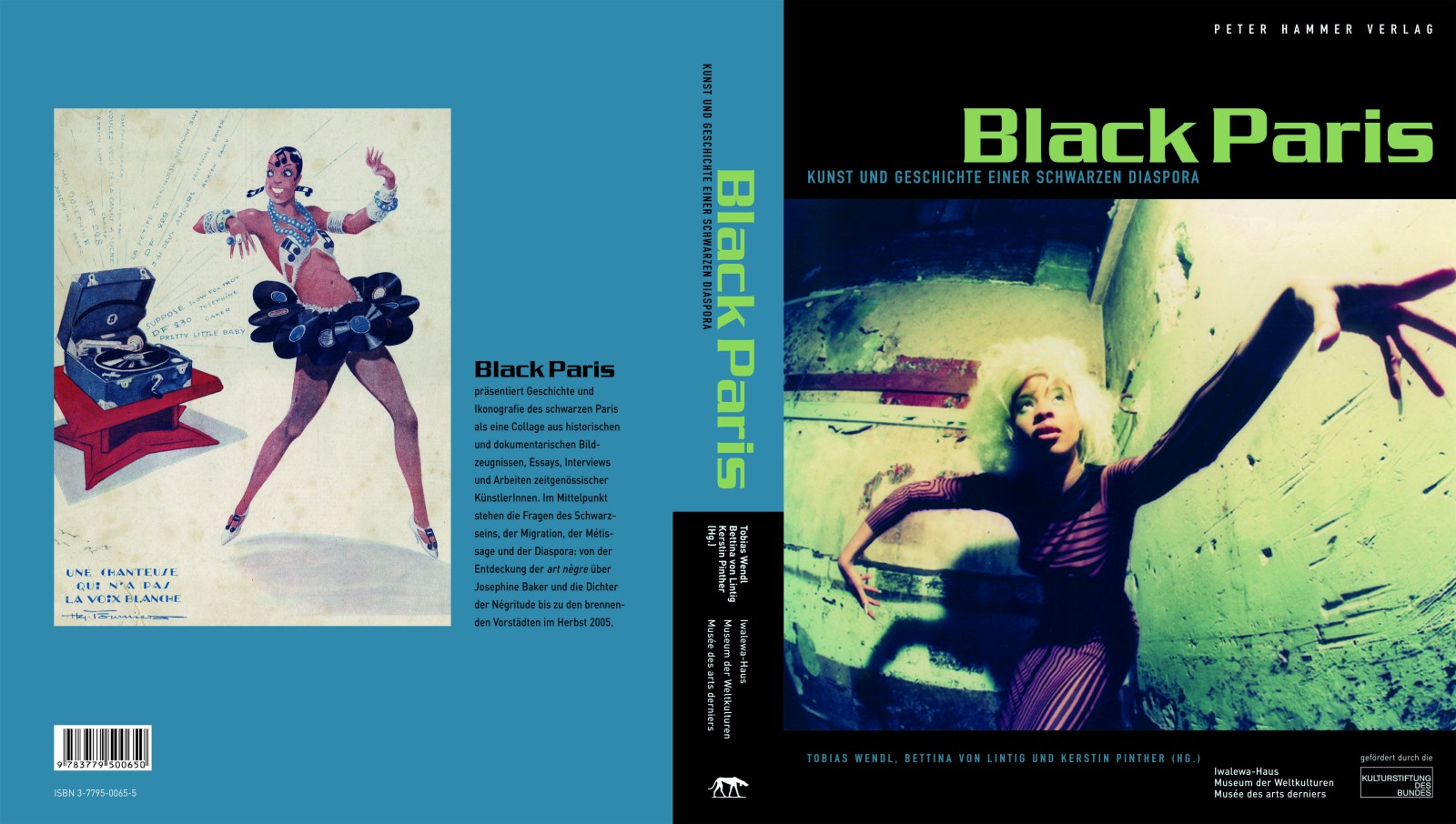Black Paris
Starting in the middle of March 2007 everything in the Museum of World Cultures turns around the interconnection of art and migration. The exhibition “Black Paris. Art and History of a Black Diaspora 1906 – 2006” makes it clear that the Paris of today is not only the largest African enclave in Europe but the undisputed centre of African fashion, music, art and literature. The capital of the former French Colonial Empire is a convenient place to graphically exemplify, in spatially and temporally condensed ways, the processes of cultural and artistic interaction and inter-penetration. These processes are characteristic of North-South-relations transcending the relation of Europe and Africa to include Afro-America and the Caribbean. About every fifth of the approx. 12 million people living in the area of Greater Paris is of African, Caribbean or Afro-American descendency. Their shops, publishing houses, agencies and diaspora initiatives have marked whole quarters of the city. They give the Metropolis of Paris its multicultural flair.
The exhibition takes its start from the colonial expropriation and the invention of “l’art nègre” at the beginning of the 20th century continuing through surrealism, jazz and the negrophilia of the interwar period until the international or intercontinental migrations of the sixties and seventies of the last century. The Museum of World Cultures presents “Black Paris” as the history and iconography of the French-African Metropolis mounted as a collage of historical and documentary images from the archive and of works by modern and contemporary artists.
Responsible for the concept of the exhibition is the Iwalewa - House at the University of Bayreuth.

